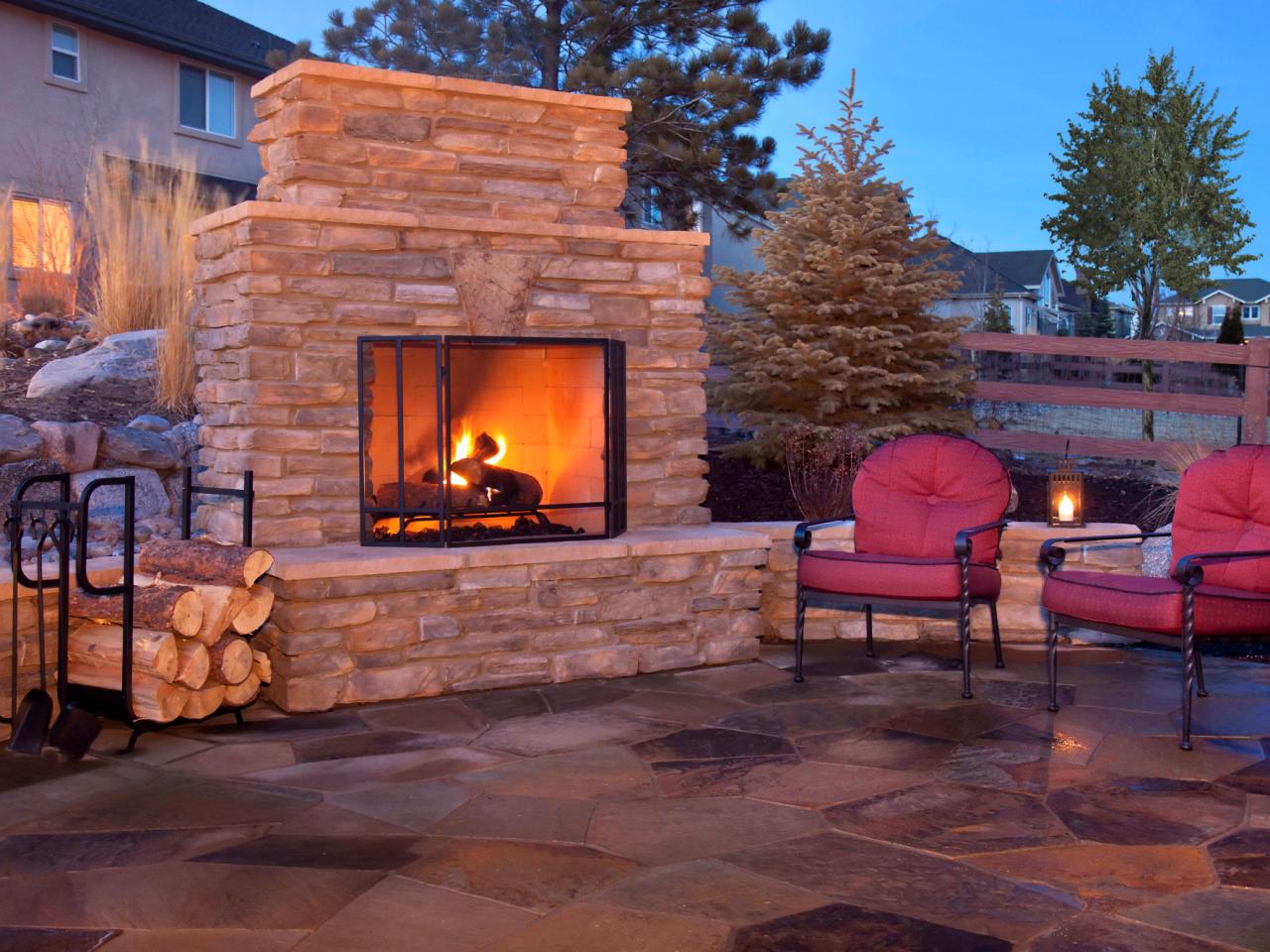

Articles
How Do You Build An Outdoor Fireplace
Modified: January 9, 2024
Learn the step-by-step process of building an outdoor fireplace with our informative articles. Find all the tips and tricks you need to create a cozy and inviting space in your backyard.
(Many of the links in this article redirect to a specific reviewed product. Your purchase of these products through affiliate links helps to generate commission for Storables.com, at no extra cost. Learn more)
Introduction
Welcome to the ultimate guide on how to build an outdoor fireplace. If you dream of cozy evenings spent by the fire, sipping hot cocoa and enjoying the company of loved ones, then building an outdoor fireplace is the perfect project for you. Not only will it create a warm and inviting atmosphere in your outdoor living space, but it will also add value to your home and provide a focal point for gatherings and entertaining.
In this article, we will take you through every step of the process, from planning and design to the finishing touches. Whether you are a seasoned DIY enthusiast or a beginner looking for a new project, we’ve got you covered. So, let’s dive in and learn how to build an outdoor fireplace that will be the envy of your neighborhood.
Key Takeaways:
- Create a stunning outdoor fireplace by carefully planning the design, choosing the right location, and obtaining necessary permits. Prioritize safety and add personalized finishing touches for a cozy retreat.
- Transform your outdoor space into a warm and inviting haven with an outdoor fireplace. Follow the step-by-step guide, prioritize safety, and add decorative elements for a functional and stylish gathering spot.
Read more: How To Build An Outdoor Fireplace
Planning and Design
Before you start building your outdoor fireplace, it’s crucial to invest time in proper planning and design. This stage will lay the foundation for a successful and functional project.
First, determine the purpose of your outdoor fireplace. Are you looking for a cozy spot for family gatherings or an impressive centerpiece for entertaining guests? Understanding your goals will help shape the design and size of the fireplace.
Consider the layout and size of your outdoor space. Measure the area where you plan to build the fireplace, taking into account any existing structures or landscaping features. This will guide you in determining the dimensions and placement of the fireplace, ensuring it fits seamlessly into your outdoor environment.
Next, decide on the type of fireplace you want – wood-burning, gas, or electric. Each option has its advantages and considerations. Wood-burning fireplaces provide an authentic and natural ambiance, but they require storage space for firewood and regular cleaning. Gas fireplaces offer convenience and control, but you’ll need to connect to a gas line. Electric fireplaces are hassle-free, but they may not provide the same level of heat and visual appeal.
Take into account your local climate and the intended use of the fireplace. If you live in an area with cold winters, you may want to install additional features like a chimney or a fire pit to maximize heat output. Similarly, if you plan to cook outdoors, consider incorporating a grill or pizza oven into the design.
Finally, consider your budget and any building code regulations. Outdoor fireplace projects can vary greatly in cost, so determine your budget before starting. Additionally, check with your local authorities to ensure compliance with any regulations or permits required for building outdoor structures.
By carefully planning and designing your outdoor fireplace, you will ensure that it meets your needs and enhances your outdoor living space. So, grab a pen and paper, put on your thinking cap, and let’s move on to the next step: choosing the right location for your fireplace.
Choosing the Right Location
When it comes to building an outdoor fireplace, choosing the right location is essential. The placement of your fireplace will not only impact its functionality but also the overall aesthetic appeal of your outdoor space. Here are some important factors to consider when selecting the perfect spot:
- Accessibility: Ensure that the fireplace is easily accessible from your outdoor living area. It should be positioned in a way that allows for comfortable seating and movement around the fire. This will enhance the enjoyment and usability of your outdoor fireplace.
- Safety: Choose a location that is a safe distance away from any combustible materials, such as trees, shrubs, or buildings. This will minimize the risk of fire hazards and ensure the safety of your property and surrounding areas.
- Wind direction: Consider prevailing wind patterns in your area. You don’t want the smoke from the fireplace blowing directly into your seating area or other parts of your property. Position the fireplace accordingly to ensure that smoke is directed away from where people will be sitting or gathering.
- Views: Take advantage of any scenic views or focal points in your outdoor space. Position the fireplace in a way that allows you and your guests to enjoy the views while still feeling the warmth and ambiance of the fire.
- Privacy: If privacy is important to you, choose a location that is shielded from neighbors or public spaces. This will create a more intimate and secluded atmosphere around the fireplace.
- Proximity to utilities: If you plan to have a gas or electric fireplace, ensure that the location is within reach of the necessary utilities. This will make installation and operation more convenient.
Once you have considered these factors, mark the chosen location on your outdoor space. Use stakes or spray paint to outline the area where the fireplace will be built. This will help you visualize the placement and ensure that it aligns with your overall design.
Choosing the right location for your outdoor fireplace is critical to its functionality and overall appeal. Take the time to assess your outdoor space, considering factors like accessibility, safety, wind direction, views, privacy, and proximity to utilities. With careful consideration, you’ll find the perfect spot for your fireplace. Now, let’s move on to the next step: obtaining permits and familiarizing yourself with local regulations.
Obtaining Permits and Regulations
Before embarking on your outdoor fireplace project, it’s important to ensure that you comply with any necessary permits and regulations. Local building codes and regulations vary, so it’s crucial to research and understand the specific requirements in your area. Here are the key steps to follow:
1. Research: Start by researching the building codes, zoning regulations, and permit requirements of your city or municipality. Look for any specific guidelines related to outdoor fireplaces, such as setback distances, height restrictions, and required clearances.
2. Contact the authorities: Reach out to your local building or planning department to confirm the specific permits needed for your outdoor fireplace project. They will provide you with the necessary information and guide you through the application process.
3. Application: Fill out the permit application, providing all the requested information, including the location, dimensions, and specifications of the fireplace. You may also need to submit detailed plans or drawings of the proposed structure.
4. Inspections: Once your permit is approved, you will likely be required to schedule inspections at different stages of the project, such as before laying the foundation, after completing the structure, and before finalizing the chimney and firebox installation. These inspections ensure that your fireplace meets safety standards and is built according to the approved plans.
5. Compliance with regulations: Throughout the construction process, make sure to adhere to the approved plans and any additional guidelines provided by the authorities. This includes using appropriate materials, adhering to clearance requirements, and following safety precautions.
6. Completion certificate: After the final inspection, you will receive a completion certificate or approval from the building department. Keep this documentation for your records, as it may be required for future reference or potential property sales.
It’s crucial to note that failure to obtain the necessary permits or comply with regulations can result in fines, delays, or even having to dismantle the fireplace. By following the proper procedures and obtaining the required permits, you can have peace of mind knowing that your outdoor fireplace is safe, legal, and in compliance with local regulations.
Now that you understand the importance of permits and regulations, let’s move on to the next step: gathering the necessary tools and materials for your outdoor fireplace project.
Gathering the Necessary Tools and Materials
Now that you have your plans in place and have obtained the necessary permits, it’s time to gather the tools and materials you’ll need for your outdoor fireplace project. Having the right equipment and supplies will ensure a smooth construction process. Here’s a list of the essential tools and materials you’ll need:
Tools:
- Measuring tape
- Level
- Masonry trowel
- Masonry hammer
- Masonry saw or angle grinder
- Chisel
- Wheelbarrow
- Shovel
- Bucket
- Wire brush
- Mortar mixing tray
- Steel brush
Materials:
- Concrete or concrete blocks
- Fire bricks
- Fireproof mortar
- Steel reinforcement bars (rebar)
- Firebox and chimney components
- Grill or cooking accessories (if desired)
- Decorative stone or tile (optional)
- Fireproof sealant
- Firewood (for wood-burning fireplaces)
- Gas line (for gas fireplaces)
When purchasing your materials, ensure that they are suitable for outdoor fireplace construction and can withstand high temperatures. Fire bricks and fireproof mortar are specifically designed to withstand the heat produced by the fire. Consider the size and dimensions of your fireplace when selecting your materials, ensuring they are sufficient to complete the project.
It’s also a good idea to gather any additional accessories you may need, such as a grill or cooking accessories if you plan to use your fireplace for outdoor cooking.
Before you start building, take some time to familiarize yourself with the tools and materials. Ensure that you have everything you need to create a safe and durable outdoor fireplace.
Now that you are fully prepared with the necessary tools and materials, it’s time to move on to the next step: preparing the foundation for your outdoor fireplace.
Read more: How Do You Build An Outdoor Kitchen
Foundation Preparation
The foundation is a crucial element of your outdoor fireplace, providing stability and support for the entire structure. Proper preparation of the foundation is essential to ensure the longevity and safety of your fireplace. Here’s a step-by-step guide to preparing the foundation:
- Clear the area: Start by clearing the designated area of any obstructions, including vegetation, rocks, or debris. Ensure that the ground is level and free from any unevenness or slopes.
- Mark the boundaries: Use stakes and string to mark the boundaries of the fireplace foundation. This will help guide you during the excavation process and ensure that the dimensions are accurate.
- Excavate the area: Use a shovel or excavator to dig the foundation hole, ensuring that it is deep enough to accommodate the concrete base and any required drainage. Follow the dimensions specified in your plans, typically 4 to 6 inches deep and slightly larger than the fireplace footprint.
- Compact the soil: Once the hole is excavated, use a tamper or plate compactor to compact the soil at the bottom of the foundation. This will provide a stable base for the concrete.
- Install formwork: Construct the formwork for the foundation using wooden boards or metal stakes. Ensure that the formwork is level and square, as it will determine the shape and dimensions of the foundation.
- Add a layer of gravel: Place a layer of gravel at the bottom of the foundation hole. This will aid in drainage and prevent moisture buildup, which can cause damage to the fireplace over time.
- Pour the concrete: Prepare the concrete mix according to the manufacturer’s instructions. Fill the foundation hole with the concrete mix, ensuring it is evenly distributed and level. Smooth the surface with a trowel.
- Cure the concrete: Allow the concrete to cure for the recommended time, typically 24 to 48 hours. During this period, keep the concrete moist and protected from extreme weather conditions to ensure proper curing.
- Remove the formwork: Once the concrete is fully cured, carefully remove the formwork, taking care not to damage the foundation. Clean up any debris or loose concrete from the site.
Remember to follow all safety precautions when working with concrete and heavy machinery. Wear protective gear such as gloves, goggles, and a mask to protect yourself from potential harm.
With the foundation prepared, you’re one step closer to completing your outdoor fireplace. Next, we’ll move on to building the main structure of the fireplace.
When building an outdoor fireplace, make sure to check local building codes and obtain any necessary permits before starting construction. This will ensure that your fireplace is safe and compliant with regulations.
Building the Fireplace Structure
Now that the foundation is in place, it’s time to start building the structure of your outdoor fireplace. This step will form the backbone of the fireplace and create the framework for the firebox and chimney. Follow these steps to build the fireplace structure:
- Prepare the surface: Before laying the bricks or blocks, clean the foundation surface and moisten it with water. This will ensure better adhesion and help prevent the bricks from drying out the mortar too quickly.
- Apply the mortar bed: Spread a layer of fireproof mortar on the foundation surface using a masonry trowel. Ensure the mortar bed is even and has a thickness of about 1 inch.
- Begin laying the bricks or blocks: Lay the bricks or blocks according to your chosen design, starting from the corners and working your way up. Use a level to ensure each brick is level and plumb.
- Leave openings for the firebox and chimney: As you lay the bricks, leave designated spaces for the firebox and chimney components. Follow the specifications in your plans to ensure proper alignment.
- Check for stability: Periodically check the stability and alignment of the structure as you build. Make any necessary adjustments to ensure a sturdy and level fireplace.
- Continue building the structure: Continue laying bricks or blocks, adding mortar between each layer and checking for levelness. Build the walls of the firebox and chimney, using fire bricks or fireproof blocks for added heat resistance.
- Install reinforcement bars: For added strength, insert steel reinforcement bars (rebar) intermittently between the layers of bricks or blocks. This will improve the structural integrity of the fireplace.
- Smooth the mortar joints: As you proceed, use a mortar jointer or pointing tool to finish the mortar joints between the bricks. This will create a clean and professional look.
- Allow the structure to set: Give the fireplace structure enough time to set and cure. Follow the manufacturer’s guidelines for the recommended curing time of the mortar. This typically takes a few days.
Remember to work at a steady pace while building the structure, ensuring that the bricks or blocks are properly aligned and the mortar is applied evenly. Take breaks as needed, especially on hot days, to prevent the mortar from drying out too quickly.
With the fireplace structure in place, you’re one step closer to enjoying warm and cozy evenings by the fire. The next step is to install the firebox and chimney components, which we’ll cover in the following section.
Installing the Firebox and Chimney
Now that the structure of your outdoor fireplace is complete, it’s time to install the firebox and chimney components. The firebox is where the fire will be contained, while the chimney will allow smoke and gases to safely escape. Follow these steps to install the firebox and chimney:
- Measure and mark the placement: Measure and mark the specific location for the firebox within the fireplace structure. Ensure that it is centered and aligned with the overall design of your fireplace.
- Prepare the firebox foundation: Clear any debris from the firebox area and ensure it is level. Use fireproof mortar to create a solid foundation for the firebox components.
- Install the firebox: Carefully place the firebox into position on the foundation. Follow the manufacturer’s instructions for proper installation and secure it in place using mortar or brackets, if required.
- Connect the chimney components: Attach the chimney components to the firebox, following the manufacturer’s instructions. This may involve using screws, mortar, or other fastening methods to ensure a secure connection.
- Build the chimney: If your outdoor fireplace requires a separate chimney, continue building it up using bricks or blocks. Ensure that the chimney aligns with the dimensions and specifications outlined in your plans.
- Install the chimney cap: Once the chimney is built, install a chimney cap to help prevent debris, animals, and water from entering. The chimney cap should also have a spark arrestor to prevent sparks from escaping the chimney.
- Check for proper ventilation: Before using the fireplace, ensure that there is proper ventilation and airflow. This will help ensure the smoke escapes efficiently and prevents the accumulation of harmful gases.
- Inspect for any gaps or leaks: Thoroughly inspect the firebox and chimney for any gaps, cracks, or leaks. Use fireproof sealant or mortar to fill any gaps or holes to ensure a safe and efficient fireplace.
It’s crucial to follow the manufacturer’s instructions for installing the firebox and chimney components, as each product may have specific requirements. Additionally, consult local building codes and regulations to ensure compliance with ventilation and clearance requirements.
With the firebox and chimney installed, your outdoor fireplace is nearing completion. The next section will cover important safety considerations to keep in mind when using your fireplace.
Safety Considerations
When it comes to enjoying your outdoor fireplace, safety should always be a top priority. Follow these essential safety considerations to ensure a safe and enjoyable experience:
- Maintain proper clearance: Ensure that there is sufficient clearance around the fireplace to prevent any potential hazards. Keep flammable materials, such as furniture, plants, and decorations, at a safe distance from the fire.
- Use a fire screen: Install a fire screen or spark guard to prevent sparks and embers from escaping the fireplace. This will help reduce the risk of accidental fires or injuries.
- Practice safe fire starting: When starting a fire, use proper fire starters and kindling. Avoid using flammable liquids or materials that can cause sudden flare-ups or uncontrollable fires.
- Supervise the fire: Never leave the fire unattended, especially when children or pets are present. Keep a close eye on the fire and ensure that it is fully extinguished before leaving the area.
- Have a fire extinguisher nearby: Keep a fire extinguisher or a bucket of water close to the fireplace in case of emergencies. Familiarize yourself with how to operate a fire extinguisher and ensure it is in proper working condition.
- Practice proper ash disposal: Wait for the ashes to cool completely before disposing of them. Use a metal container with a tight-fitting lid to store ashes until they can be safely discarded.
- Check for chimney obstructions: Regularly inspect and clean the chimney to prevent the buildup of soot, creosote, or debris. This will help maintain proper airflow and reduce the risk of chimney fires.
- Ensure proper ventilation: Adequate airflow is crucial for the proper functioning of your outdoor fireplace. Ensure that the chimney and firebox are clear of any obstructions, allowing smoke and gases to escape safely.
- Monitor weather conditions: Avoid using the fireplace during high winds or dry conditions, as this can increase the risk of spreading embers or starting wildfires. Exercise caution and use common sense when deciding to use the fireplace.
By adhering to these safety considerations, you can enjoy your outdoor fireplace with peace of mind, knowing that you have taken the necessary precautions to prevent accidents or incidents.
With safety covered, we’re now ready to move on to the last steps: adding the finishing touches and decor to complete your outdoor fireplace project.
Read more: How To Build An Outdoor Gas Fireplace
Finishing Touches and Decoration
Adding the finishing touches and decor to your outdoor fireplace will not only enhance its visual appeal but also create a warm and inviting atmosphere. Here are some ideas to consider when adding the final touches:
- Decorative accents: Enhance the aesthetics of your fireplace by adding decorative accents such as lanterns, candles, or potted plants. These small touches can add a touch of charm and personality to your outdoor space.
- Mantel and shelving: Install a mantel or shelving above or beside the fireplace to provide a functional and decorative space. Display artwork, family photos, or outdoor-friendly decor items to personalize the area.
- Seating area: Create a comfortable seating area around the fireplace with outdoor furniture. Consider cozy chairs, benches, or even built-in seating to accommodate gatherings and provide a space for relaxation.
- Landscape integration: Incorporate the fireplace into your overall landscape design by adding complementary elements such as a paved patio, walkway, or outdoor kitchen. This will create a cohesive and visually appealing outdoor living space.
- Firewood storage: If you have a wood-burning fireplace, incorporate a firewood storage area nearby. This can be a stylish wood rack, built-in storage, or a simple designated space to keep your firewood neatly organized.
- Lighting: Install appropriate outdoor lighting around the fireplace to ensure visibility and safety during evening gatherings. Consider string lights, pathway lights, or wall sconces to create a warm and inviting ambiance.
- Outdoor cooking amenities: If you plan to use your fireplace for outdoor cooking, consider adding a grill or a pizza oven to your setup. This will not only expand your culinary possibilities but also make your outdoor fireplace area a hub for entertainment.
When designing and decorating your outdoor fireplace area, be mindful of the overall style and theme you’d like to achieve. Whether it’s a rustic retreat, a modern oasis, or a Mediterranean-inspired space, select decor and materials that align with your vision.
Remember to maintain a balance between functionality and aesthetics, ensuring that the decor and finishing touches do not compromise the safety or functionality of the fireplace.
Congratulations! You have completed the final steps of building your outdoor fireplace. Now it’s time to gather your loved ones, cozy up, and enjoy the warmth and ambiance of your outdoor retreat.
Thank you for following this comprehensive guide on how to build an outdoor fireplace. We hope you find it helpful in creating a beautiful and functional addition to your outdoor living space.
Conclusion
Building an outdoor fireplace is a rewarding project that can transform your outdoor living space into a cozy and inviting retreat. Throughout this guide, we have covered all the essential steps from planning and design to the finishing touches and decoration. By following these steps and considering important factors such as location, permits, safety, and materials, you can create a stunning and functional outdoor fireplace that will be the centerpiece of your outdoor gatherings.
Remember to prioritize safety at all times, including proper ventilation, fire safety precautions, and regular maintenance. Adhering to local building codes and regulations, obtaining necessary permits, and consulting professionals when needed will ensure that your fireplace is created with safety in mind.
As you enjoy your outdoor fireplace, take the time to relish in the warmth and ambiance it provides. Whether you’re hosting gatherings, enjoying a quiet evening with loved ones, or simply unwinding after a long day, your outdoor fireplace will create a space for relaxation and unforgettable memories.
We hope this guide has equipped you with the knowledge and inspiration to embark on your outdoor fireplace project. Remember to unleash your creativity and personalize your fireplace with the finishing touches that reflect your unique style and taste. Now, gather your materials, gather your loved ones, and let the warmth of your new outdoor fireplace bring joy and coziness to your outdoor living space.
Happy building and enjoy the warmth!
Frequently Asked Questions about How Do You Build An Outdoor Fireplace
Was this page helpful?
At Storables.com, we guarantee accurate and reliable information. Our content, validated by Expert Board Contributors, is crafted following stringent Editorial Policies. We're committed to providing you with well-researched, expert-backed insights for all your informational needs.
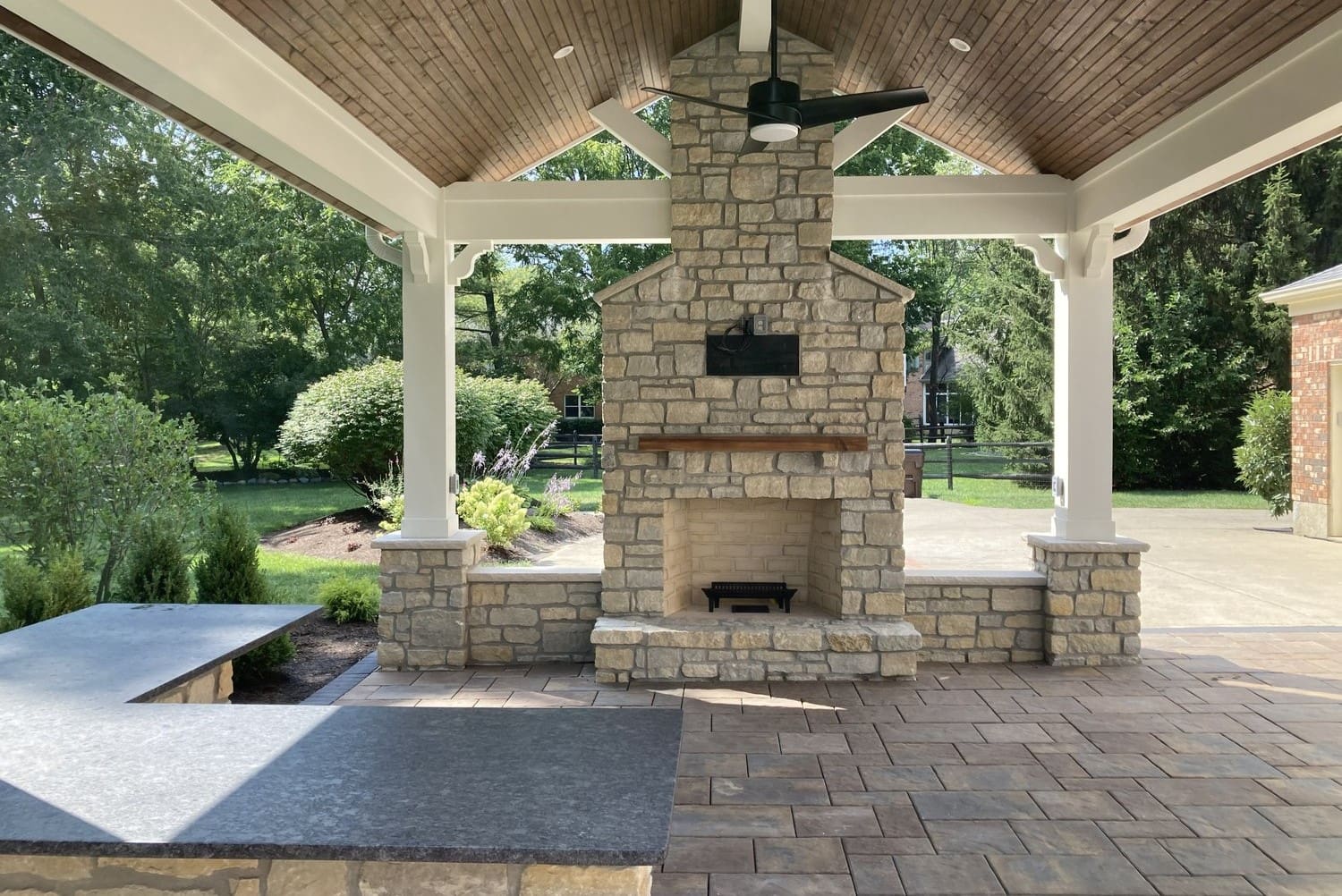
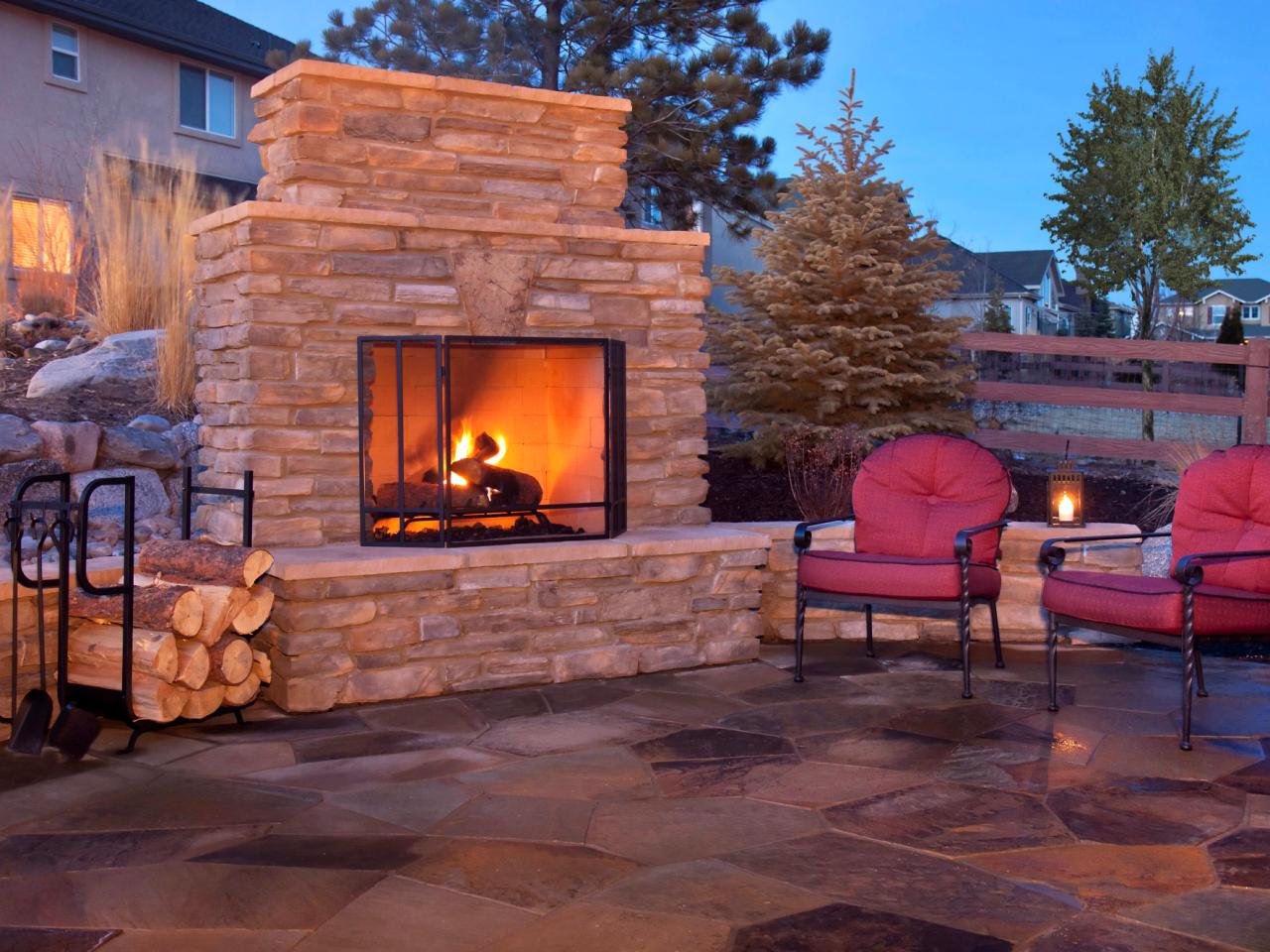
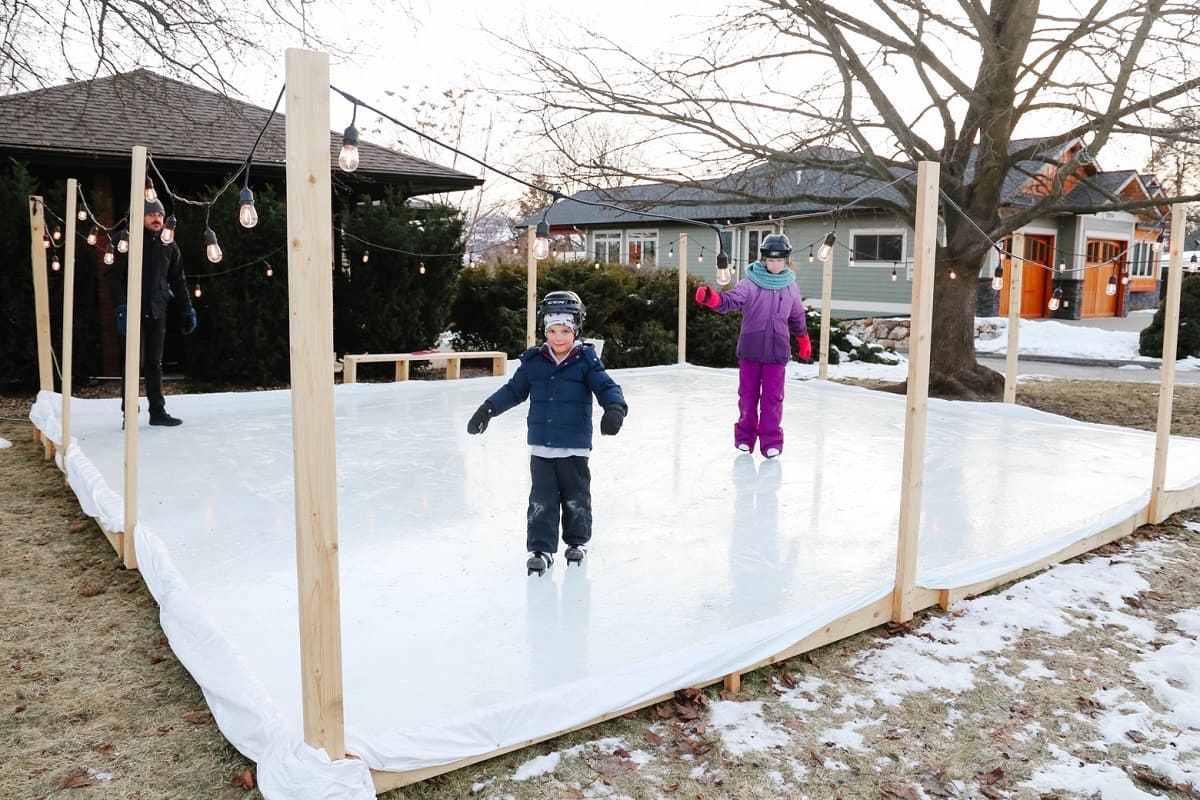
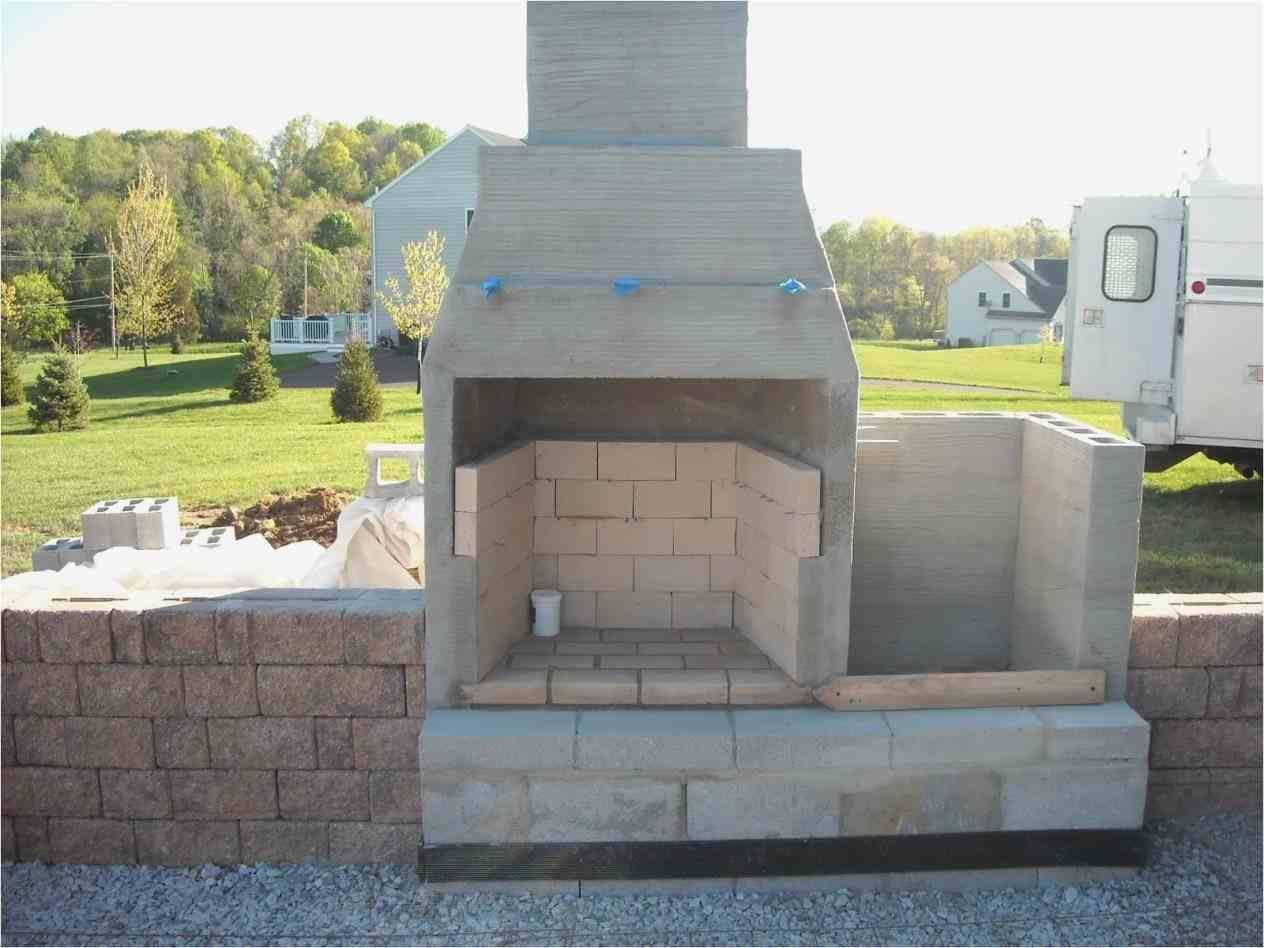
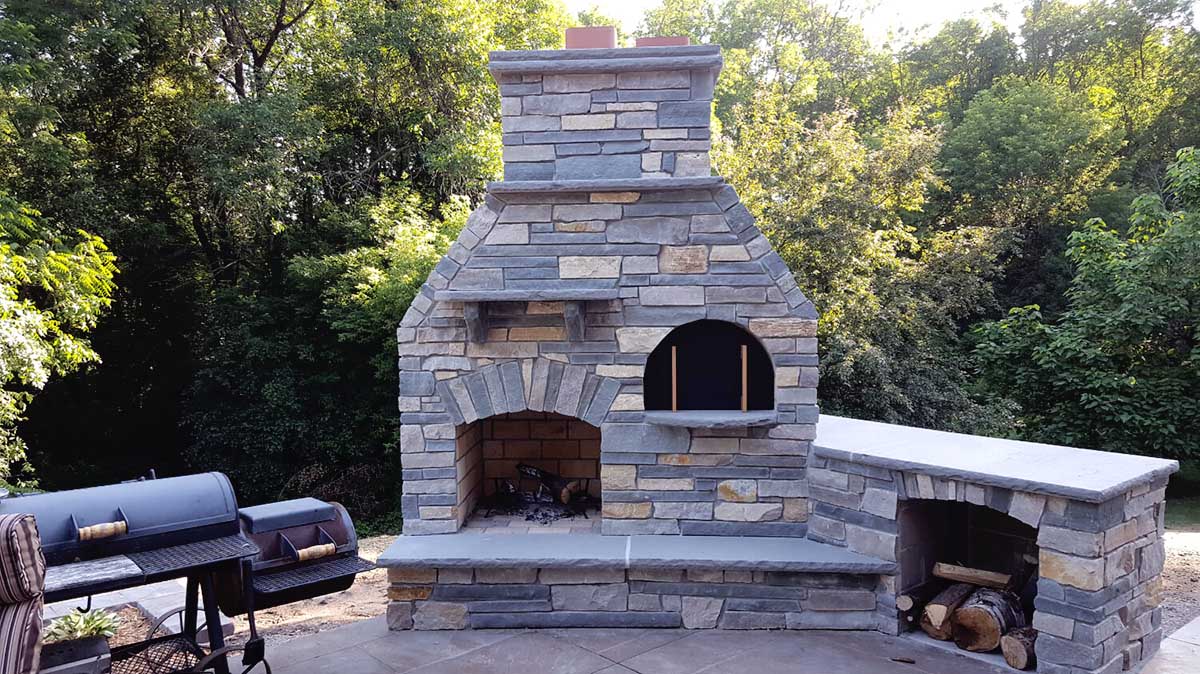
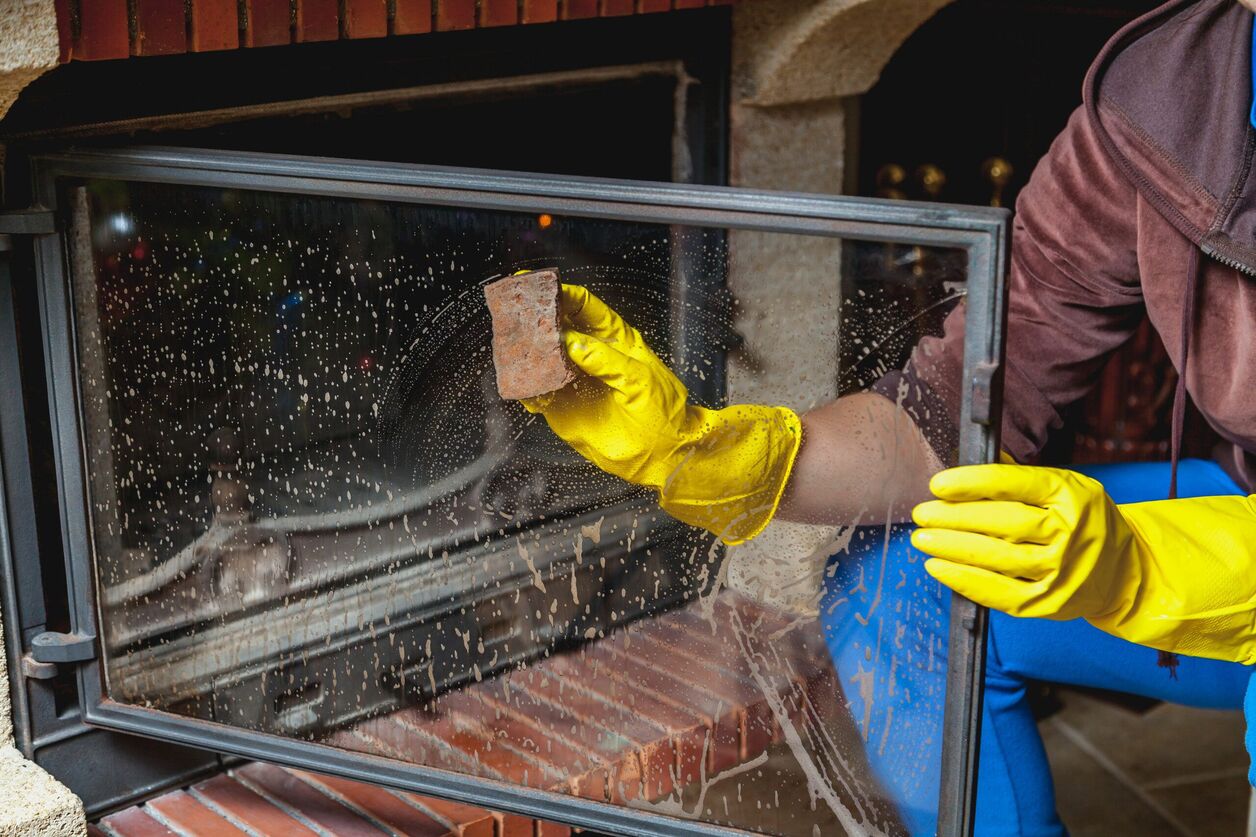
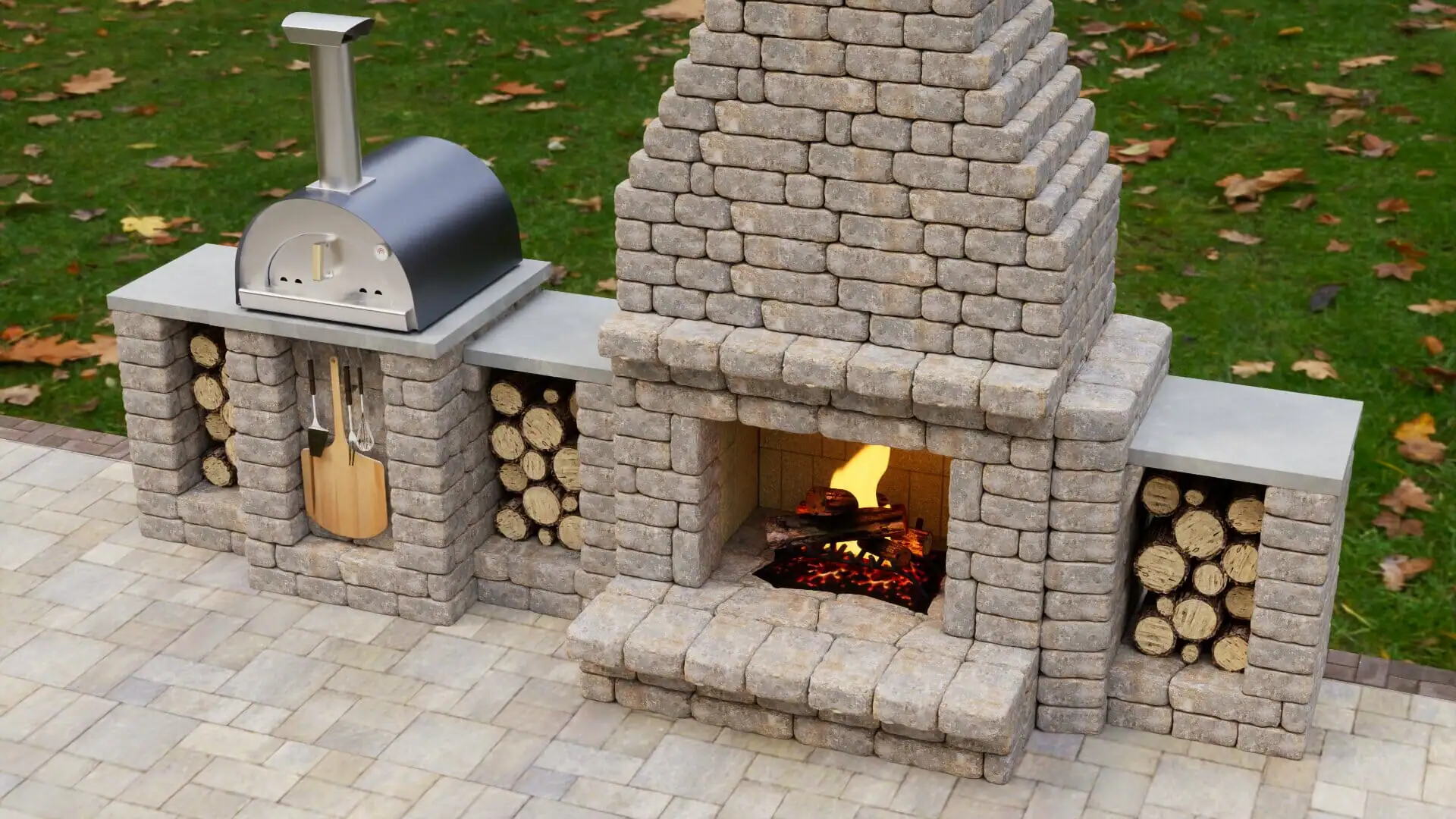
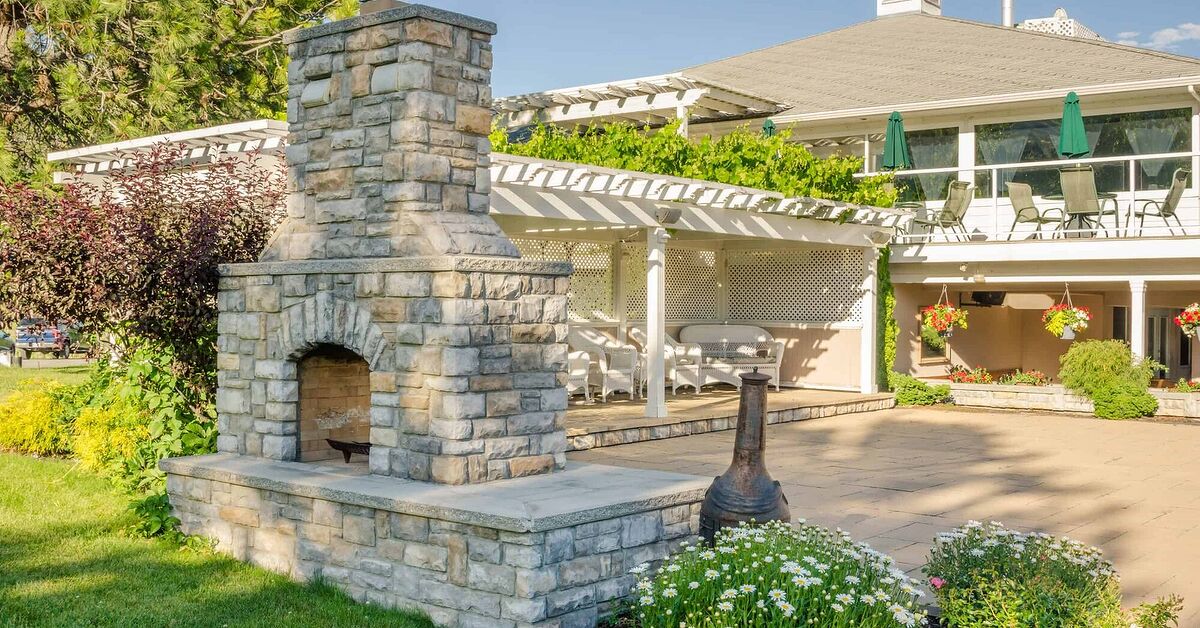
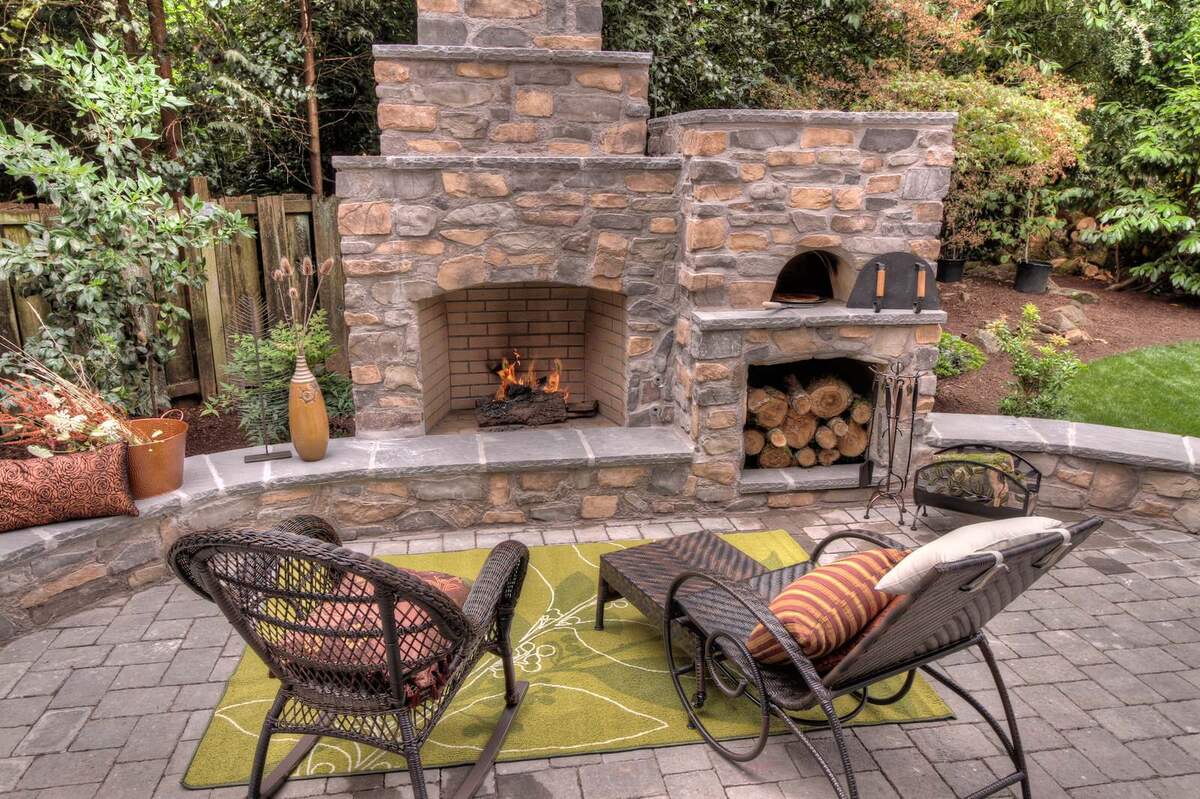
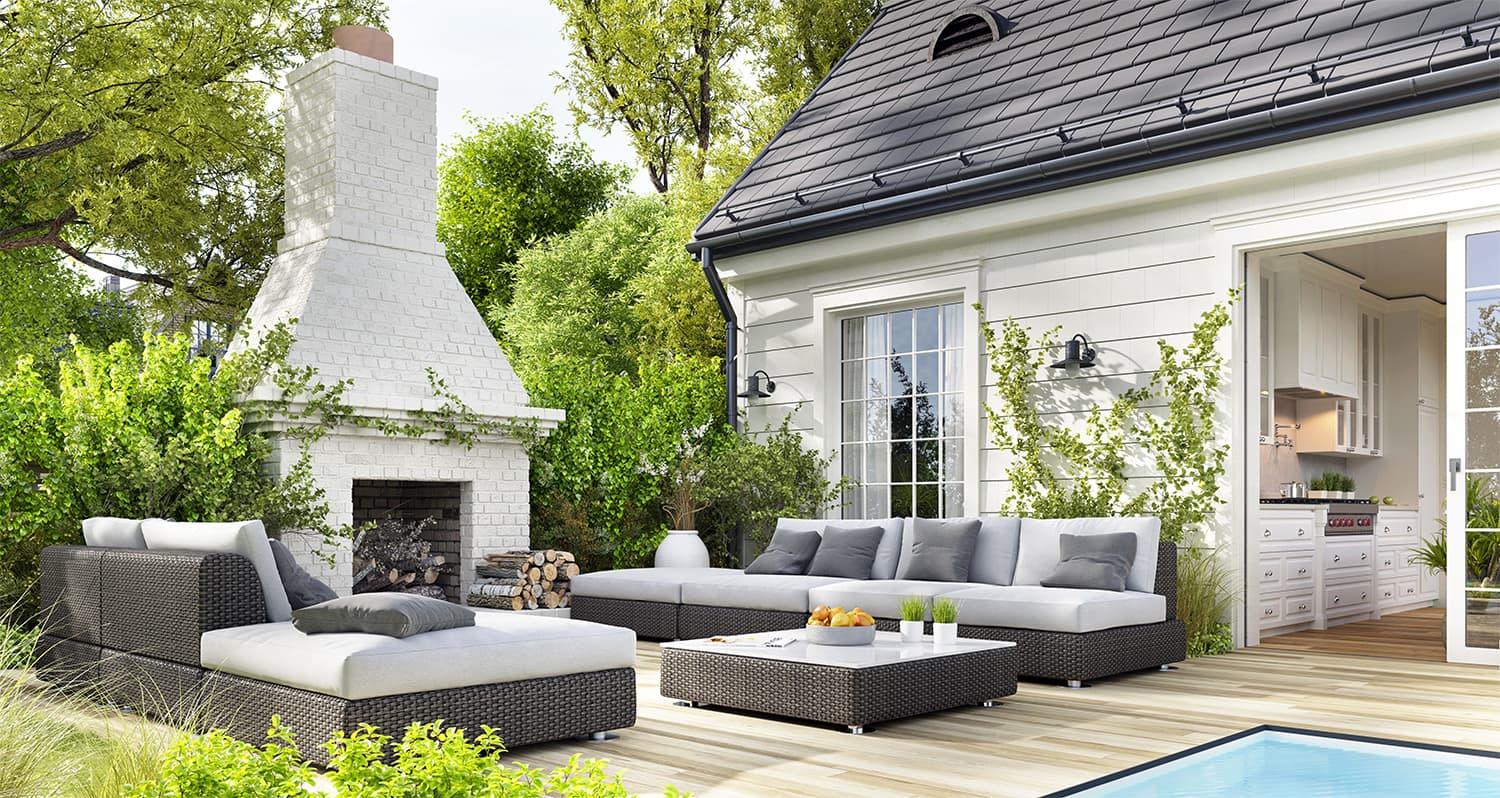
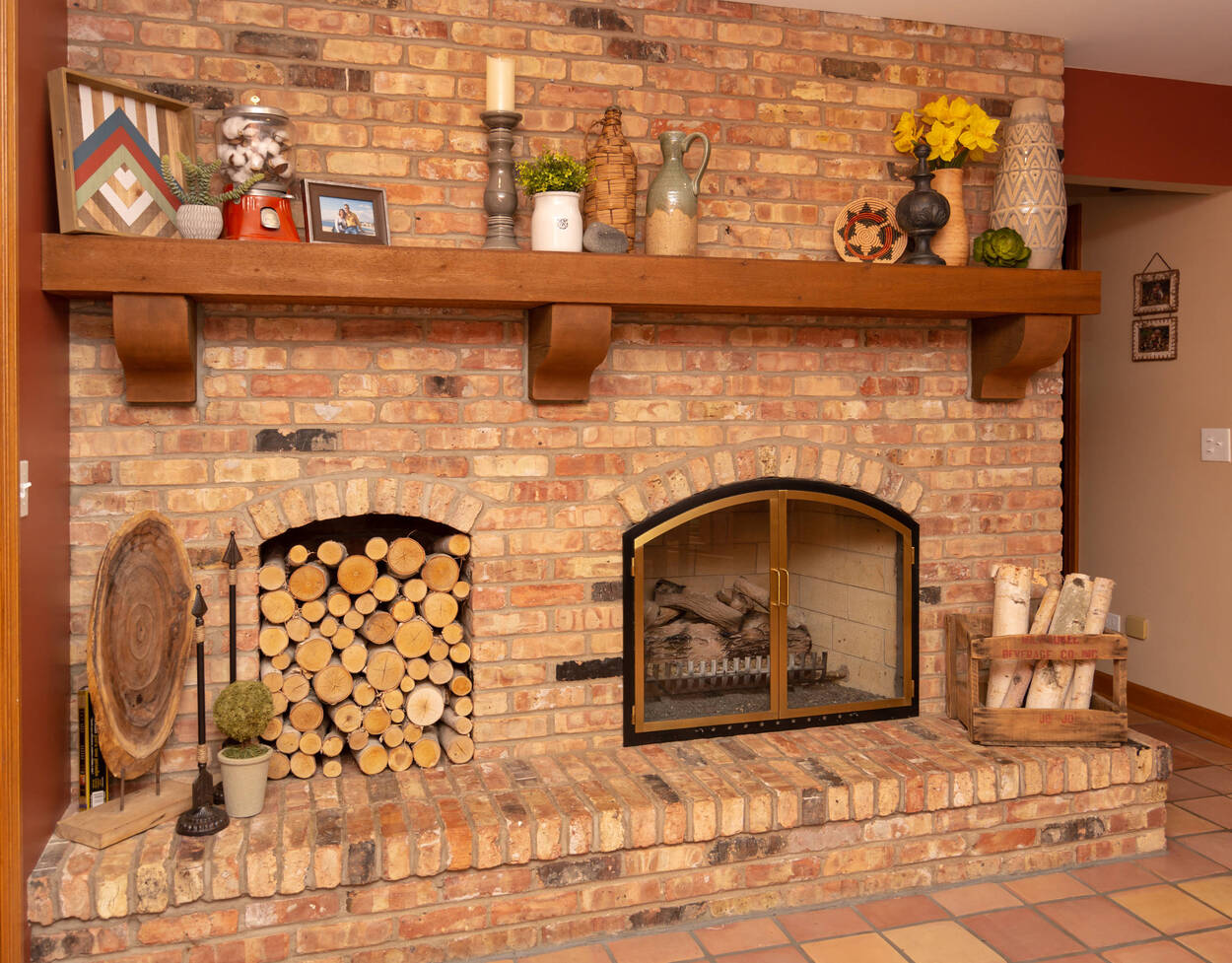
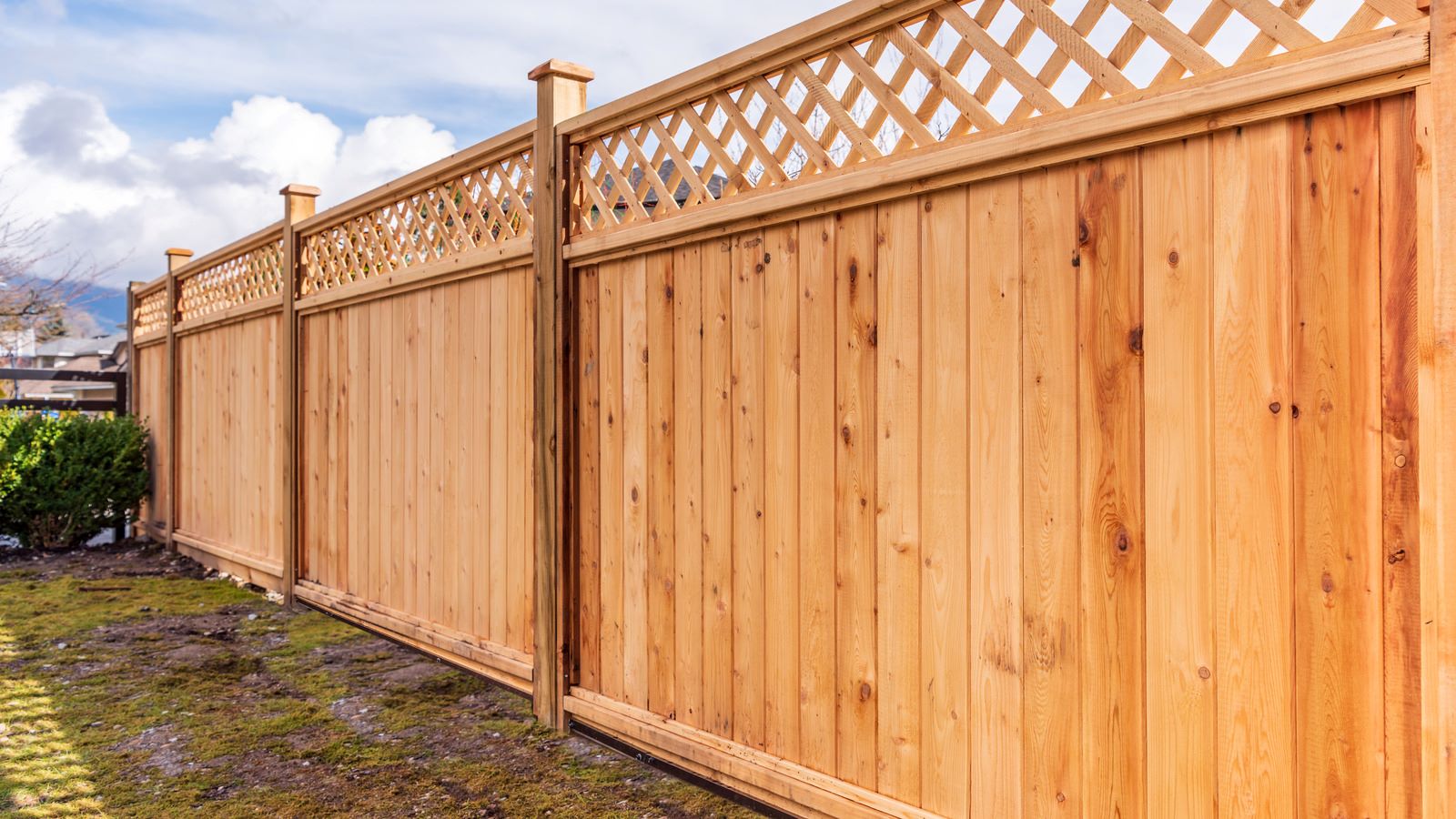
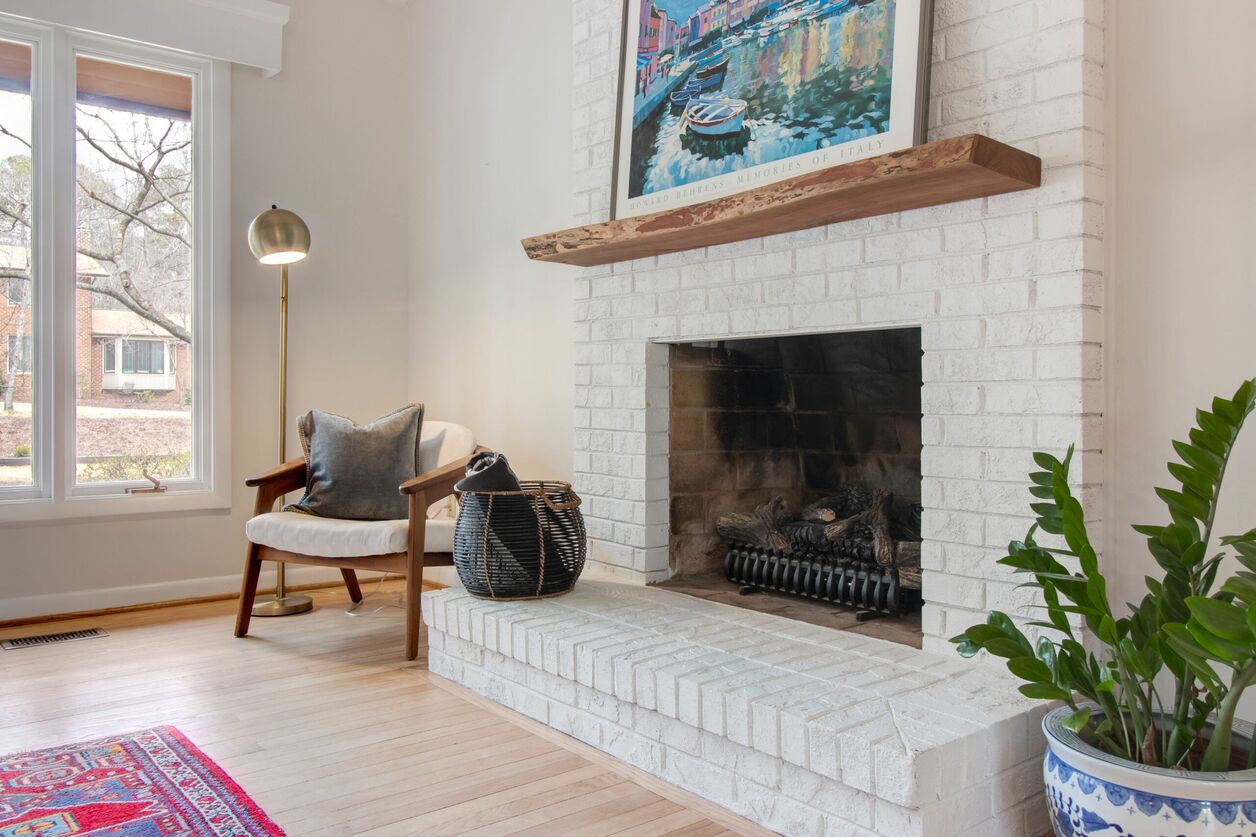

0 thoughts on “How Do You Build An Outdoor Fireplace”